Comprehensive Report on Child Oral Health and Hygiene Practices
VerifiedAdded on 2020/04/07
|5
|942
|76
Report
AI Summary
This report focuses on the importance of oral health and hygiene in children, highlighting the need for early dental care and education. It emphasizes the role of educators and families in promoting healthy dental practices. The report outlines strategies such as incorporating dental hygiene into health programs, providing resources like books and posters, and conducting interactive sessions with children. It also discusses the importance of monitoring for signs of dental issues and reporting these to parents or guardians. Furthermore, the report recommends the inclusion of a full-time dentist, student-student learning, rewards for following instructions, family meetings, and home surveillance to reinforce oral health hygiene. The policies aim at improving and reinforcing health, with the main goal of helping children's teeth grow to adulthood free from disease. The report also highlights the importance of health education, promotion, and public policies in achieving target results, including the role of educators, supervisors, and curriculum development, as well as family involvement. The report cites the Australian Dental Association guidelines and integrates key concepts from relevant literature to support its recommendations.
1 out of 5
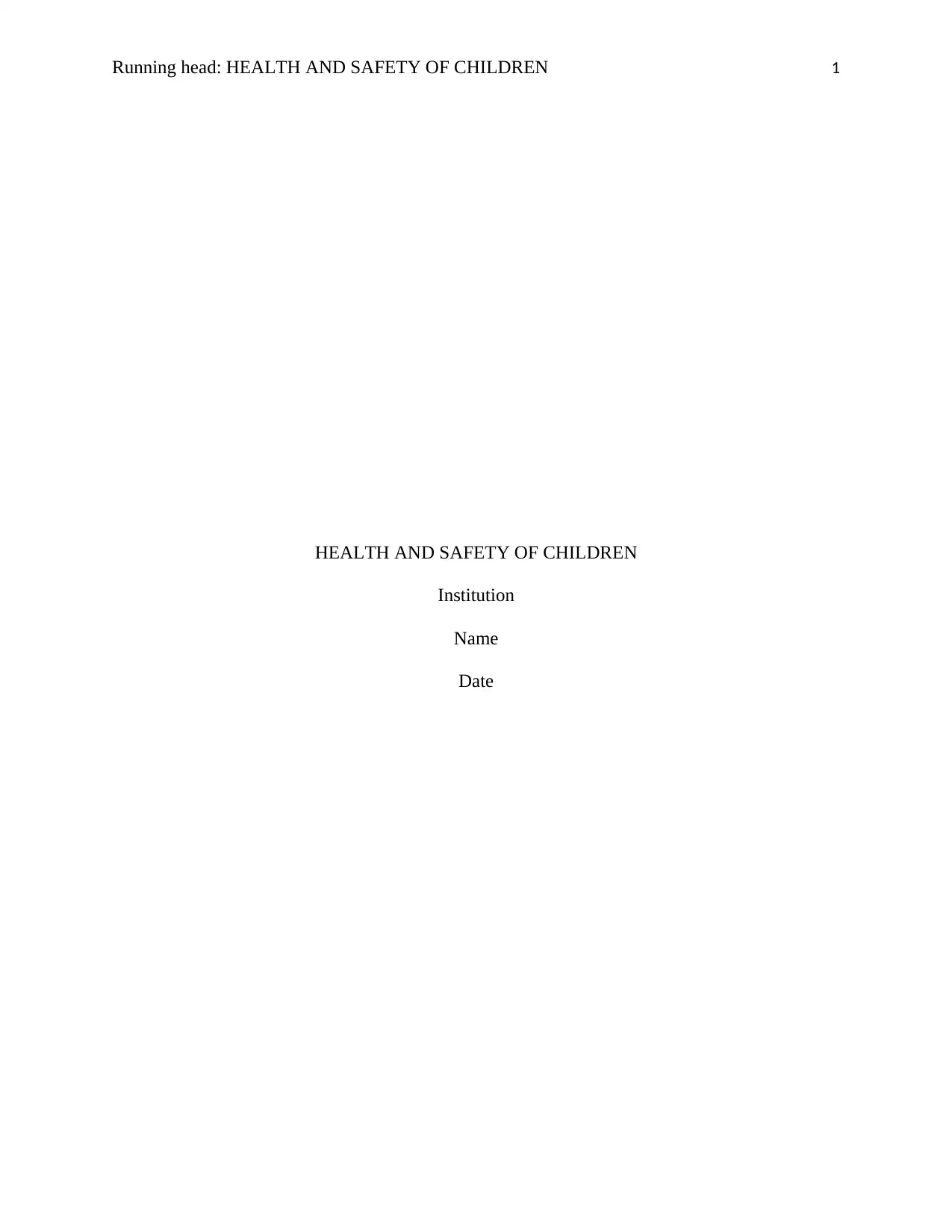
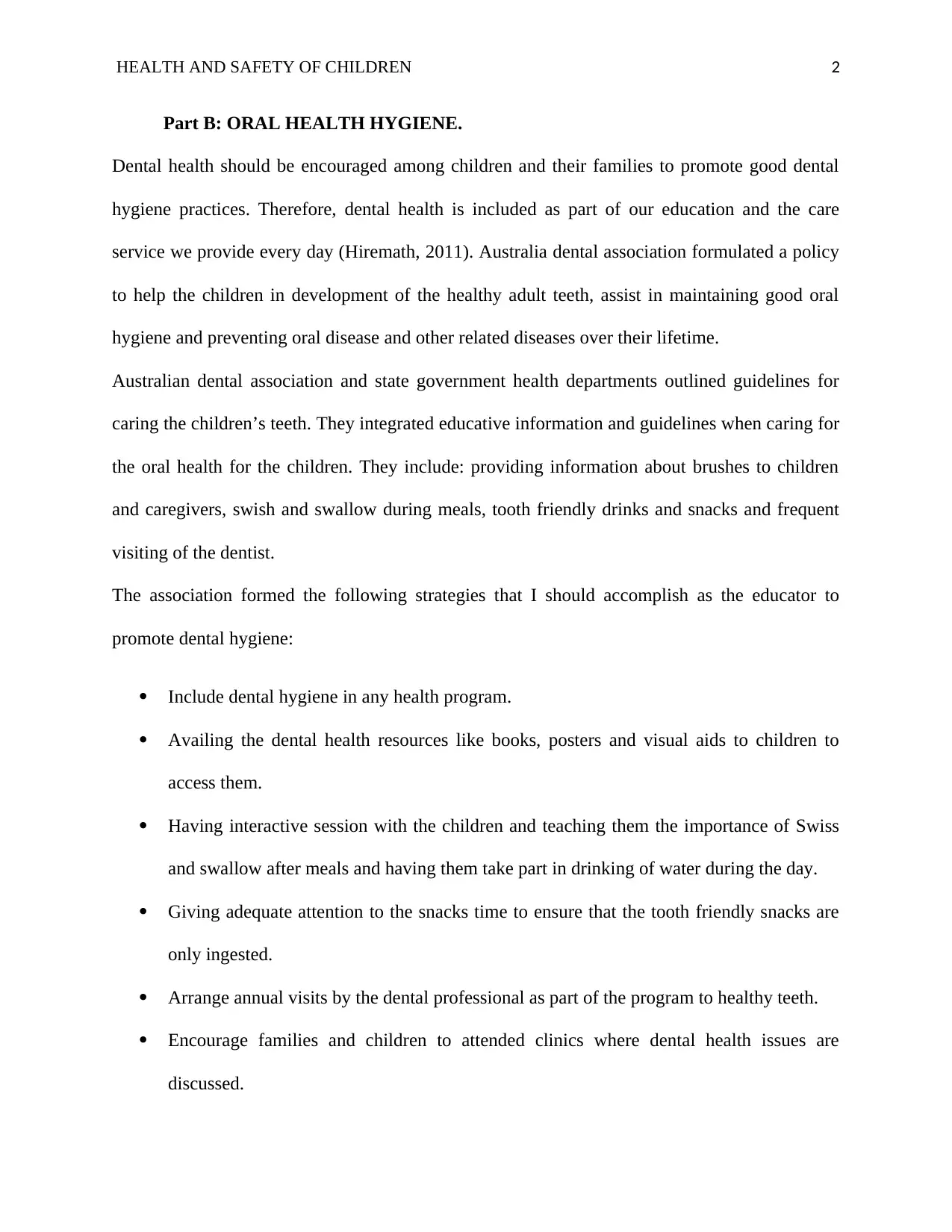
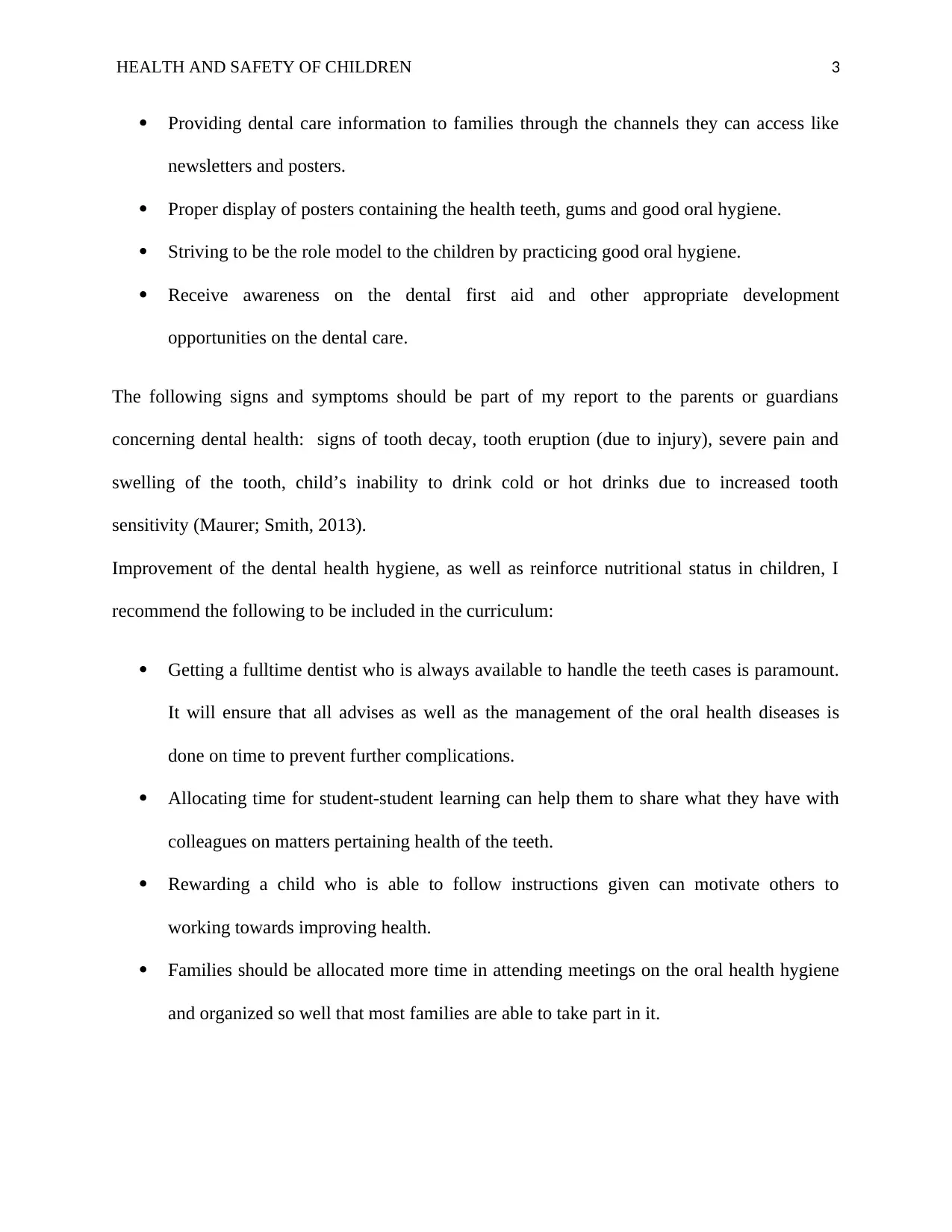

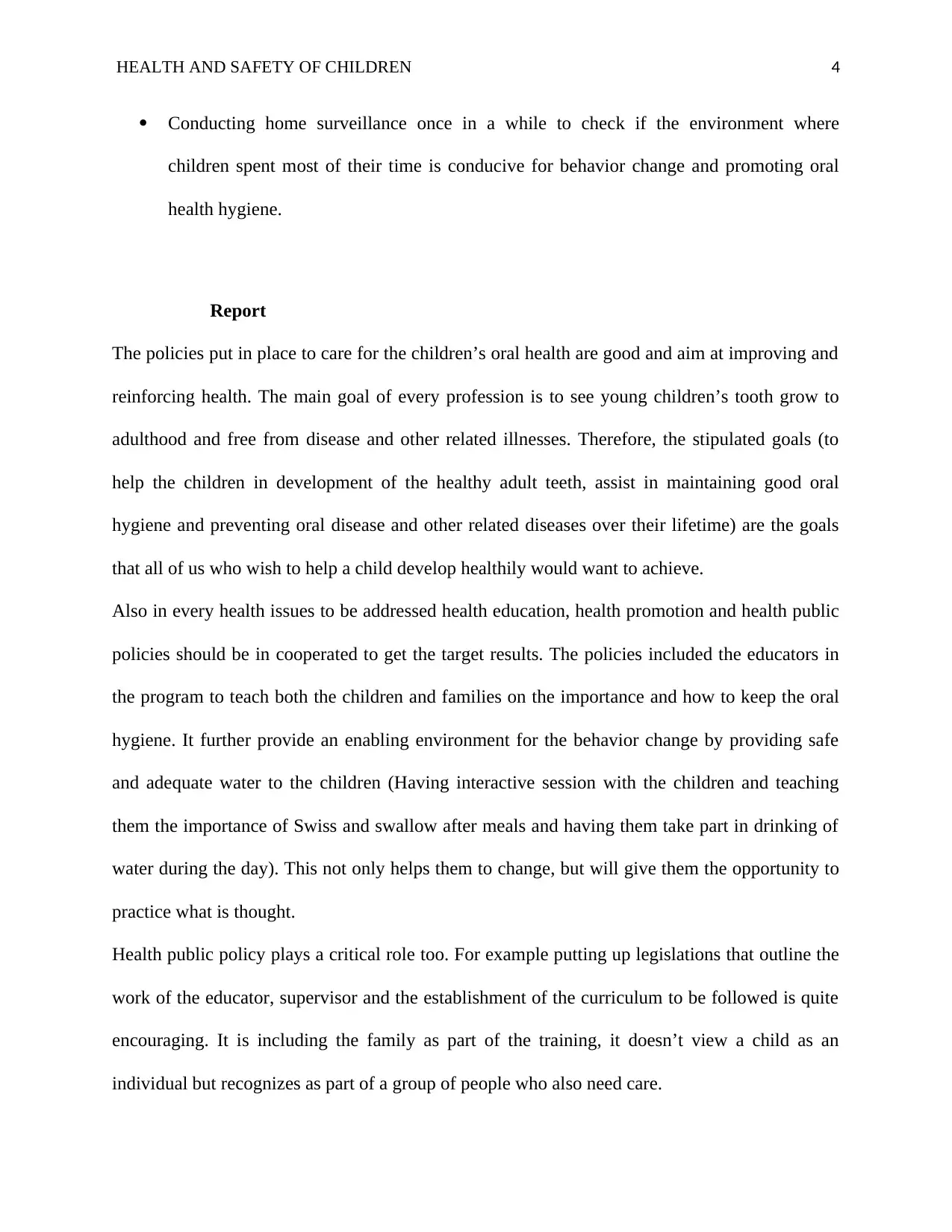
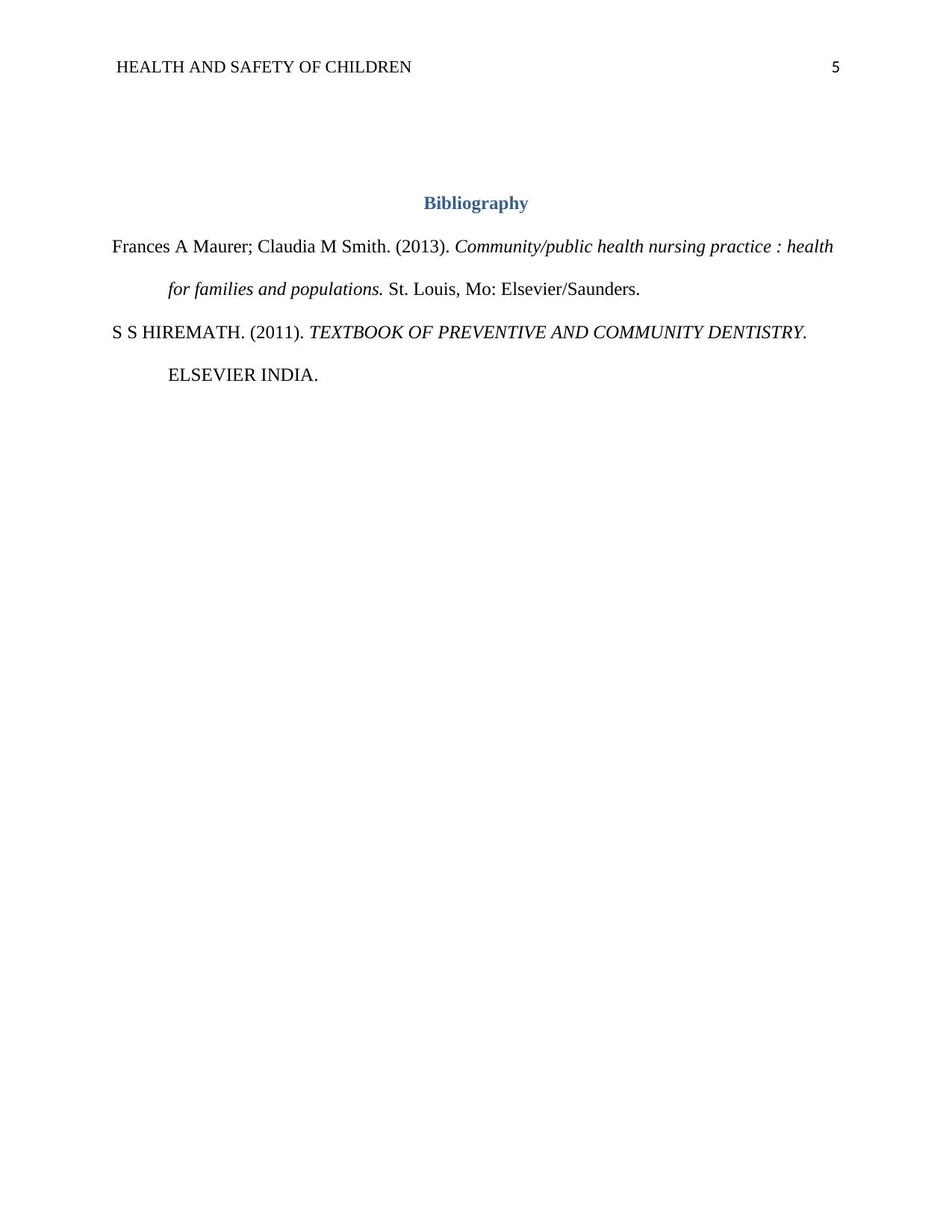






![[object Object]](/_next/static/media/star-bottom.7253800d.svg)